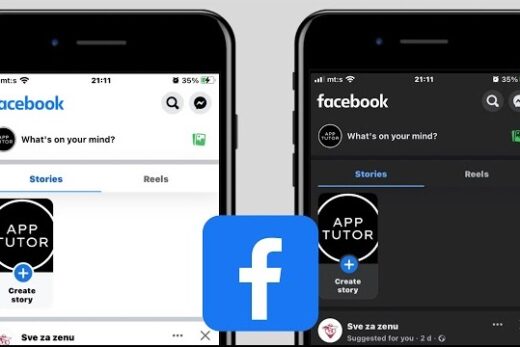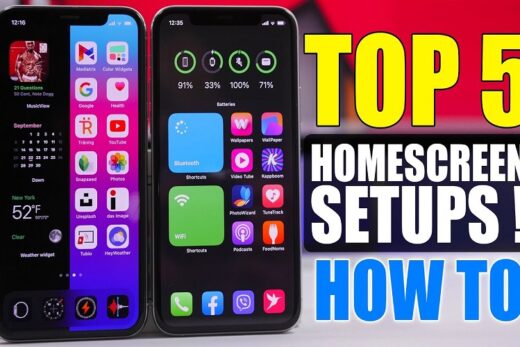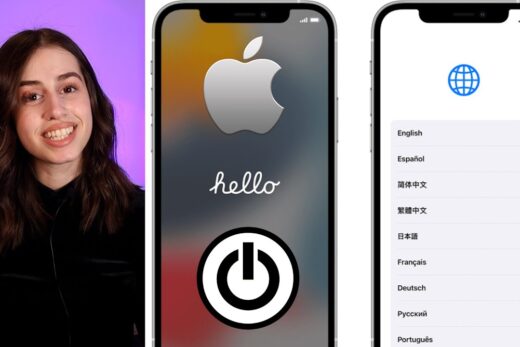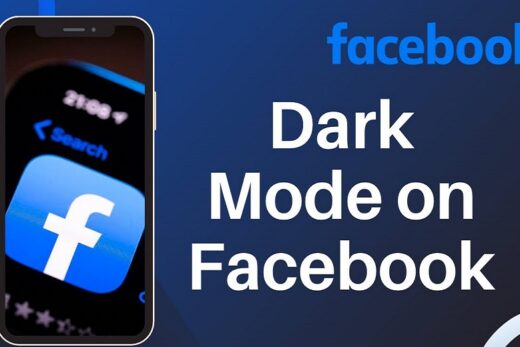The online marketplace economy is continuing to expand and grow day by day. The leading multivendor marketplace platforms like amazon, eBay, etc are profitable platforms as they have a clear understanding about the market and consumers’ demands. They have their platforms that are completely flexible to generate revenue in all streams. Before building your multivendor marketplace platform you need to analyze what type of revenue channel suits your business and how you can earn more with your multivendor platform. Now let us have a deep look about the various revenue channels that are available for any multivendor marketplace platform.
Types of Revenue Model For Multivendor Marketplace
Commission revenue model
This is one of the most lucrative revenue models that is widely followed by many multivendor marketplace platforms. When an item is purchased by the customer, he will pay the amount to the platform. The platform will charge a flat fee or some fixed percentage on the provider and will deduct that commission value and will release the balance payment to the provider. In this model the vendor is not charged any item unless his product is sold through the platform. Many leading platforms like Airbnb, Etsy, eBay, and Uber are using this revenue model and they have earned well as it can be clearly seen in their market value.
The main challenge that this revenue model faces is vendors should be comfortable with the commission you charge on them. Your multivendor marketplace platform should be popular enough to get more customers for your vendors. Only then will they be able to sell and give commission. Another challenge is, when the product is sold for a huge amount then setting the commission for that product will be difficult. Vendors may feel uncomfortable with your platform and at one point they may quit.
Membership fee or subscription fee revenue model
Charging a recurring fee to users of the multivendor marketplace platform is called the subscription or membership revenue model. Users who can find enough service with free features may not subscribe with the multivendor platform. But if they want to access advanced features they may need to subscribe with the platform. This is a good source of earning that will be collected periodically. Leading B2C multivendor marketplace platforms like LinkedIn, follows a subscription model.
The main challenge of the membership revenue model is you need to have more users in your multivendor marketplace platform. Without users you cannot expect subscription from them and cannot earn properly. The platform you use can be more supportful in getting more traffic for your multivendor store. If you are using shopify then you need to check for shopify alternatives as the platform is not very SEO-friendly.
Listing fee revenue model
Listing fee model is also termed as classified revenue model where the providers are charged on their listings. Guaranteeing lots of visibility to listings is the main aspect of this revenue model. Craiglist is the well-known example for listing fee revenue model. Initally posting in this multivendor platform is totally free but for certain areas like location, or item category, providers will be charged for listing. You can club this revenue model with other models. For eg. Etsy’s multivendor platform uses commission model but at the same time it will charge for new postings from its users.
The challenge with this model is, it cannot guarantee results to users. So you cannot charge a high fee for listing. So you need to find more users for your multivendor marketplace. Listing fee model is always considered to be a better one when compared with subscription model as the user may not want to continue the subscription for long term.
Lead fee revenue model
The multivendor marketplace platform will charge providers when they get leads and on some case it will be charged when the order is closed. This revenue model is effective for providers as they will get more leads and they can easily convert them into sale. Only when they get lead they will pay for the multivendor platform. This is much better that paying for ads where they are not sure about the results.
The challenge the lead fee model faces is setting the price. Customers can contact the vendor through SMS, email and communication channels so setting a fixed price is very difficult. There may not be transparency between the provider and the admin of the multivendor platform and issue rises. This type of revenue model can be used if you are running a service-based marketplace.
Freemium revenue model
This model provides users free access to the multivendor platform and certain features will be considered as advanced version and users who need to access those advanced features need to pay the platform. This benefits more users and they get easily attracted towards the marketplace platform. With less effort your multivendor marketplace platform can gain high traffic.
The key challenge this model faces is you cannot consider this as a strong revenue model for your multivendor platform. You need to provide high valued features for paid users. It is quite difficult to convince them to make them pay and get services. Example of freemium revenue model is Peerby multivendor platform which is a Dutch start-up company and has all basic features for free and has insurance and delivery as paid services.
Advertisements
You can use your multi vendor marketplace platform for advertising third-party products. You can get third-party advertisers to post their ads in your multivendor website and users who click on the ads will be directed to their home page and for each user who visits their site through your multivendor platform, you will be paid by advertisers. You can have any type of revenue model and this one you can have it for additional income generation.
The key challenge is you need to identify advertisers who should post their ads in your multivendor platform. You cannot allow your competitors to enter your site and take your customers to their platform.
Conclusion
There are many revenue models that can be utilized to generate more income. All you need is to deeply analyze your business and find out which revenue model perfectly fits your business. Promote your brand among your target audience and increase your traffic in a better way and get more visitors by which you can easily maximize your ROI.




























